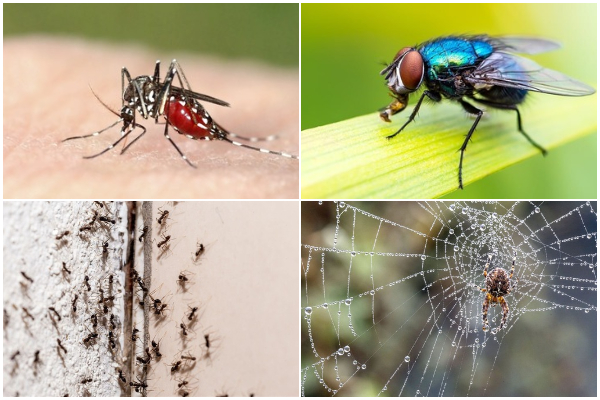Pests can be a frustrating problem, but with these simple and natural repellent methods, you can manage and prevent infestations effectively. Whether you’re dealing with ants, mosquitoes, cockroaches, or other common pests, maintaining cleanliness, using natural deterrents, and sealing entry points can significantly reduce their presence. Opt for these eco-friendly solutions to keep your home pest-free and enjoy a healthier living environment.
1. Ants
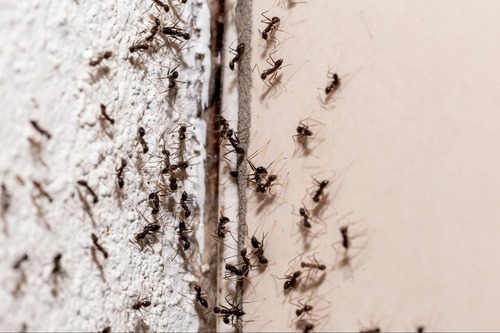 Ants invade homes in search of food, water, and shelter. They can quickly form trails and colonies, making them hard to eliminate.
Ants invade homes in search of food, water, and shelter. They can quickly form trails and colonies, making them hard to eliminate.
To get rid of them:
- Seal Entry Points: Use caulk to seal cracks and crevices around windows, doors, and foundations.
- Natural Deterrents: Sprinkle cinnamon, cayenne pepper, or coffee grounds near entry points. These natural repellents interfere with their scent trails.
- DIY Vinegar Spray: Mix equal parts vinegar and water in a spray bottle and apply to ant trails to disrupt their navigation.
2. Mosquitoes
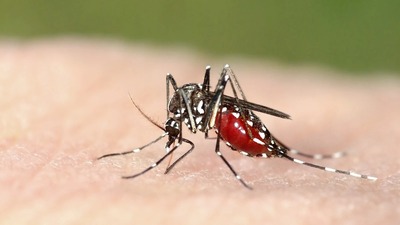
They are not just annoying; they can transmit diseases such as West Nile virus and dengue fever.
To get rid of them:
- Remove Standing Water: Mosquitoes breed in stagnant water, so empty flower pots, bird baths, and gutters regularly.
- Use Mosquito Repellent Plants: Grow citronella, lavender, and basil around outdoor areas to naturally repel mosquitoes
- Essential Oil Sprays: Create a homemade mosquito repellent by mixing 10-20 drops of essential oils like lemon eucalyptus, citronella, or lavender with water in a spray bottle.
3. Cockroaches
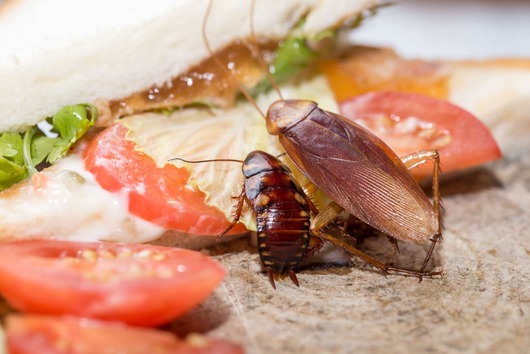
Cockroaches are resilient pests that thrive in warm, moist environments. They can carry bacteria and trigger allergies.
To get rid of them:
- Maintain Cleanliness: Keep food in sealed containers, dispose of garbage regularly, and clean kitchen surfaces to remove food sources.
- Use Boric Acid: Sprinkle boric acid in cracks and crevices, but keep it away from children and pets as it can be toxic.
- Natural Repellents: Bay leaves and catnip are known to repel cockroaches. Place these in areas where you notice roach activity.
4. Flies
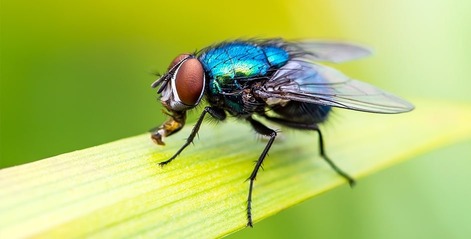
Flies are not just bothersome; they can contaminate food and surfaces with harmful bacteria.
To get rid of them:
- Fly Traps: Use homemade or store-bought fly traps to catch and kill flies. You can make a simple trap with apple cider vinegar and a few drops of dish soap in a jar.
- Essential Oils: Peppermint, eucalyptus, and lavender oils are effective at repelling flies. Spray these oils diluted in water around doorways and windows.
- Screen Windows and Doors: Install or repair screens on windows and doors to keep flies out of your home.
5. Mice and Rats
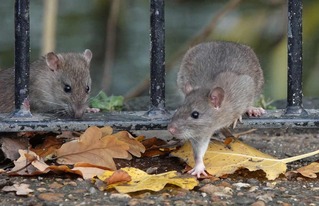
Rodents can chew through wires, cause structural damage, and carry diseases.
To get rid of them:
- Seal Entry Points: Use steel wool or metal mesh to seal gaps around pipes, vents, and other entry points.
- Natural Repellents: Peppermint oil is a potent deterrent for rodents. Soak cotton balls in peppermint oil and place them in areas where mice and rats are active.
- Maintain Cleanliness: Keep food in airtight containers and clean up crumbs and spills to eliminate food sources.
6. Spiders
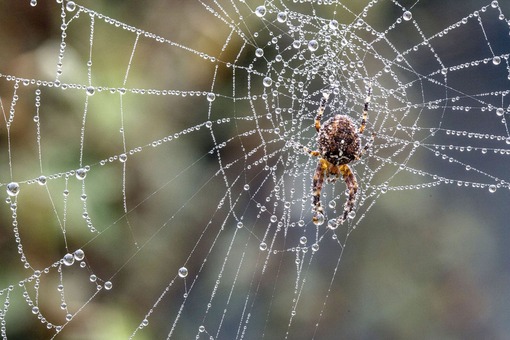
While most spiders are harmless, their presence can be unsettling, and some species are venomous.
To get rid of them:
- Declutter: Reduce spider habitats by decluttering and regularly cleaning dark, undisturbed areas like basements and garages.
- Citrus Spray: Spiders dislike citrus scents. Mix lemon or orange essential oils with water and spray around entry points, windows, and baseboards.
- Vinegar Solution: A mixture of vinegar and water can be sprayed in areas where spiders are frequently seen to repel them.
7. Termites
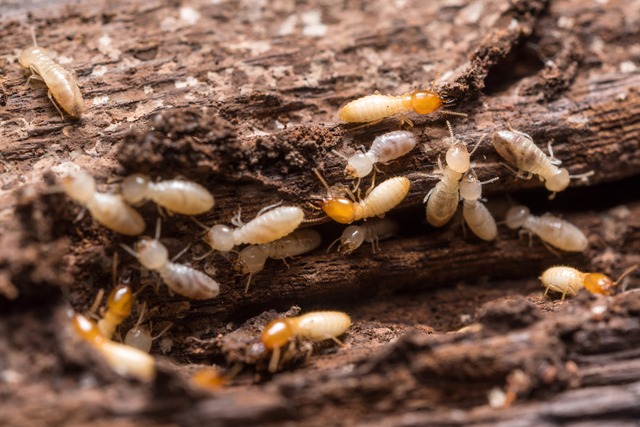
Termites can cause significant structural damage to homes by feeding on wood and other cellulose materials.
To get rid of them:
- Eliminate Moisture: Fix leaky pipes and ensure proper drainage around your home to reduce termite-friendly conditions.
- Cardboard Trap: Set up a cardboard trap by wetting cardboard pieces and placing them near termite-prone areas. Once termites infest the cardboard, dispose of it by burning or discarding it in a sealed plastic bag.
- Nematodes: Beneficial nematodes are microscopic worms that feed on termite larvae. Release them in your garden or soil around the home to help control termites naturally.
8. Bed Bugs
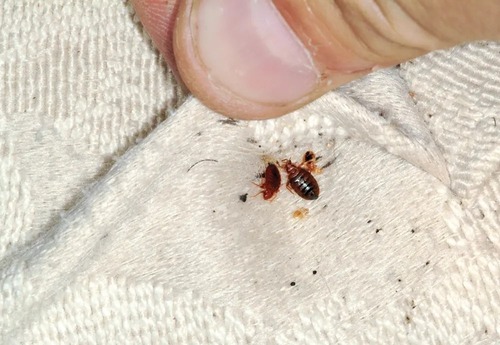
Bed bugs are small, elusive pests that feed on human blood, causing itchy bites and discomfort.
- Regular Vacuuming: Vacuum mattresses, bed frames, and carpets regularly to remove bed bugs and their eggs.
- Wash Bedding in Hot Water: Regularly wash and dry bedding, curtains, and clothing on high heat to kill bed bugs.
- Use Diatomaceous Earth: Sprinkle diatomaceous earth around the bed, baseboards, and other infested areas. This natural powder dehydrates and kills bed bugs upon contact.

